Table of Contents
Sheds have become a common storage solution due to their efficient design and space-saving elements. From serving as an ideal home office to storing your valuable assets, a perfectly built shed is no less than a blessing. However, when building a shed, a roof is something indelible. Putting the right amount of focus and effort into picking out the roof design is paramount because it is bound to protect your shed space from rain, snow, and any unforeseen circumstances. The shed roof is mostly referred to as a mono-pitched or single-sloped roof that slopes in one direction from a higher wall to a lower one. This efficient design makes it appropriate for every season. So, in this article guide, we will cover quality shed roof materials and building tips to enhance its durability.
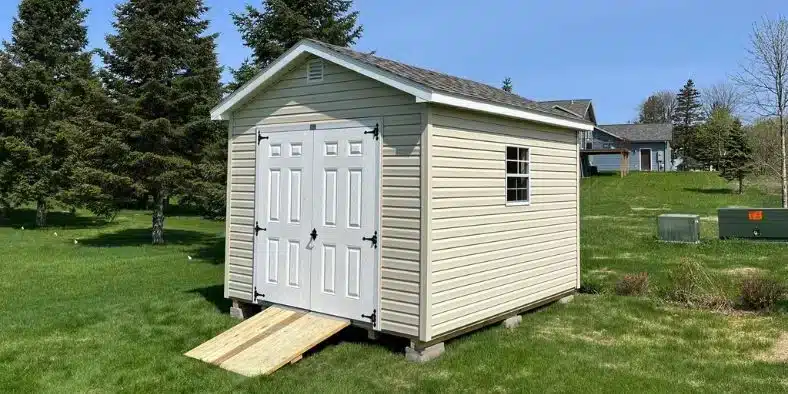
Understanding the Importance of a Well-Made Shed Roof
Before we take a look at the importance of high-quality roof sheds, you can have a look at another roofing type, i.e., Mansard roofing which is a popular design due to its aesthetics and architecture.
1. Protection Against Weather Elements
Folks, a great shed roof design acts as the first line of defense against the weather. Your items are protected from weather conditions with a quality roof, whether it’s rain, snow, wind, or the hot sun. Excessive heat can weaken and distort materials, while water can lead to rust, mold, and structural damage. In addition, a well-built slant roof can reduce these potential hazards.
2. Enhanced Durability
When you are opting for a shed to store your items, everything depends on the quality of the roof. So, it’s best to make your shed roof to ensure the worst of conditions and still protect your belongings. The shed’s overall structural integrity is bolstered by a sturdy roof. It stops leaks that could harm the walls and foundation of the shed. In the long run, a durable ceiling saves time and money by lowering the frequency of repairs. The lifespan of the shed can be greatly increased by a correctly installed roof, even though roof trusses are essential. The types of materials used should be of high quality.
3. Value Addition to Your House
For your house, a roof shed adds quality and value. Investing in a superior shed roof has the potential to raise the value of your house. Prospective purchasers find a solid and well-maintained shed appealing since it speaks to the general upkeep and attention paid to the property. Additionally, curb appeal can be improved by selecting the appropriate roof styles and roofing materials.
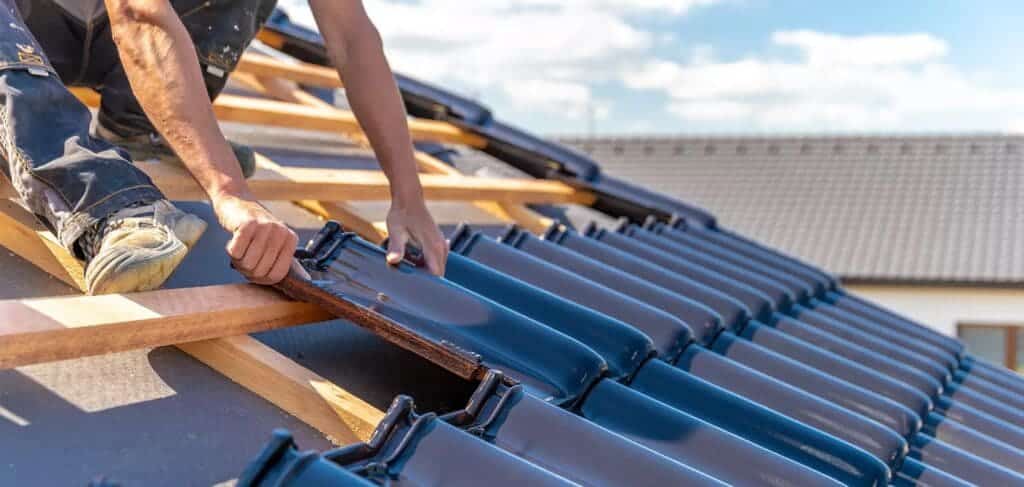
Materials Needed for a Quality Shed Roof
If you are planning to build a roof shed and don’t know how to start, we have got you covered. To begin with, it’s important to select the appropriate material for your shed roof. These are a few popular choices, each offering advantages and several considerations:
1. Asphalt Shingles
- Pros: Reasonably priced, easy to install, and offered in a range of colors and designs.
- Cons: It might need to be replaced on a regular basis and is less durable than other materials.
- Perfect For: Householders searching for a reasonably priced and simple-to-install solution.
2. Metal Roof for Shed
- Pros: Exceptionally long-lasting, fire-resistant, and low-maintenance. Metal roofs have a 50-year lifespan.
- Cons: More expensive up front and more likely to cause disturbance during periods of rain or hail.
- Optimal For: Those seeking long-term durability and prepared to make a larger initial investment. In addition, metal roofs are extremely water-resistant.
3. Wood Shingles/Shakes
- Pros: Good insulation and visual appeal.
- Cons: Higher expenses and ongoing upkeep are necessary to prevent rot and insect damage.
- Perfect For: Perfect for those who are prepared to maintain their roof and are aesthetic nerds. Besides, wood shakes offer superior roof insulation.
4. Rubber Roofing
- Pros: Waterproof, lightweight, and simple to install. Perfect for low-slope or level roofs.
- Cons: Sharp items can get into it, and professional installation might be necessary for optimal results.
- Perfect For: Sheds that require a waterproof solution and those with low-slope or flat roofs.
5. PVC or Corrugated Plastic
- Pros: Low cost, lightweight, and simple to install. Resistant against corrosion and rust.
- Cons: More fragile over time and less durable than wood or metal.
- Perfect For: Budget-conscious homeowners in need of a simple-to-install option. Even though plastic roofing is less sturdy, it is dramatically simple to install.
You can learn about other varieties of roof shed materials in Jeremy’s article.
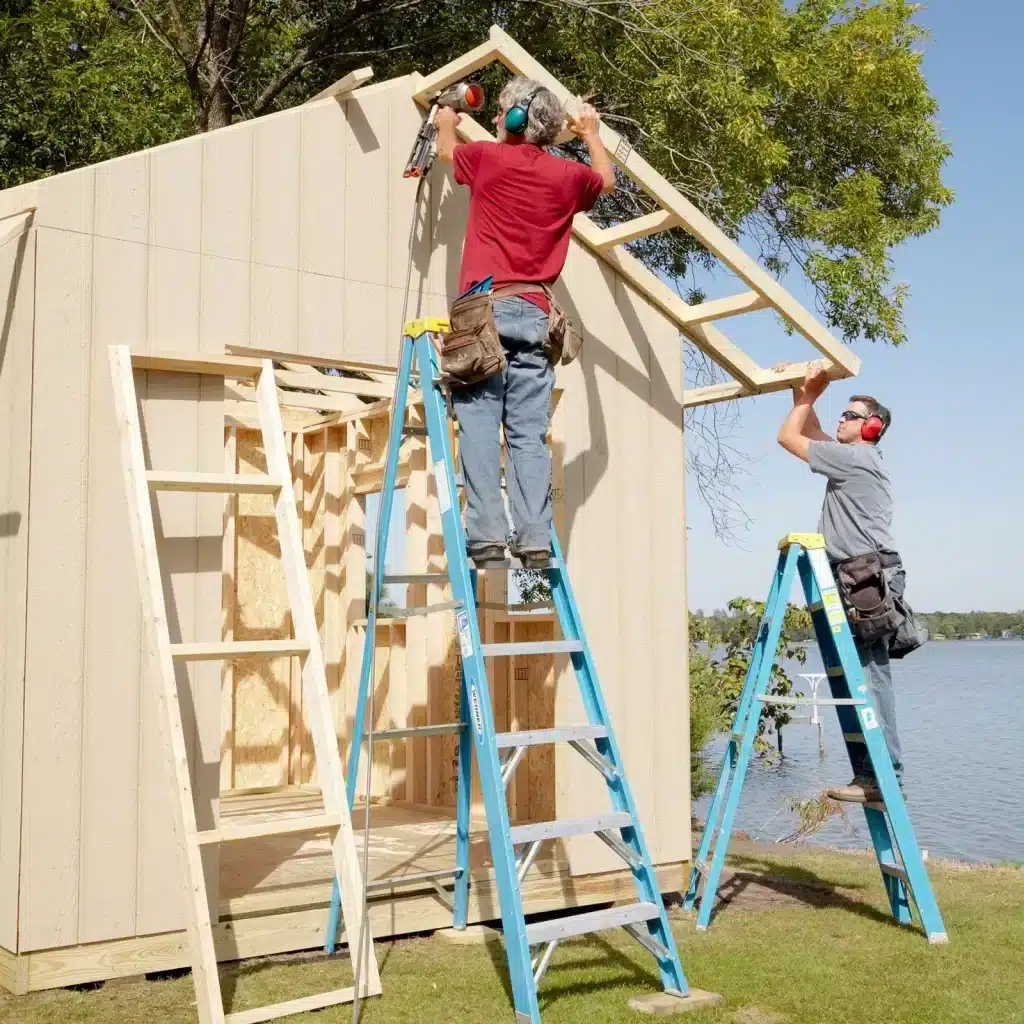
Construction Tips for a Sturdy Shed Roof
If you don’t know how to roof a shed, we have some tips for you to follow. Planning and executing the construction of a sturdy shed roof with consideration is necessary. Here are some essential building suggestions:
1. Right Framing: Ensure that the roof frame is sturdy enough to sustain the selected roofing material and endure the climate conditions in the area. Use pressure-treated wood to shield it from decay and pest damage.
2. Adjust Slope: Water and snow can slide off a steeper roof pitch more easily, lowering the possibility of leaks and structural damage. The local climate and the type of roofing material determine the optimal slope.
3. Quality Underlayment: Adding a high-quality underlayment, such as roofing felt or synthetic underlayment, contributes another degree of moisture resistance.
4. Ventilation: When working on the shed roof house plans, it’s important to take ventilation into account. Enough ventilation keeps the shed from becoming too damp, which can cause decay and mold. For sufficient ventilation, install soffit, gable, or ridge vents.
5. Flashing: To stop water from seeping through, use flashing around joints, edges, and roof penetrations (such as vents and skylights).
6. Secure Fastening: Make sure your fasteners are installed correctly, and choose the appropriate ones for your roofing material. Inadequate or loose fastening might cause leaks and other problems.
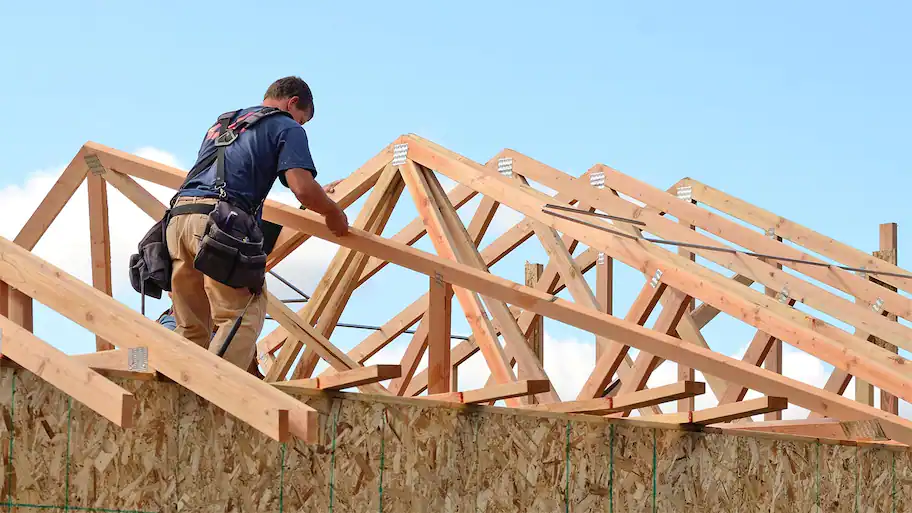
Maintenance Advice for Extended Shed Roof Life
Maintenance is necessary to extend the life of your shed roof. Here are some pointers for maintenance:
1. Regular Inspections: Check the roof of your shed at least twice a year, particularly following adverse weather. Keep an eye out for damage signs like leaks, rust, or missing shingles.
2. Clean Gutters and Downspouts: To avoid water backup and roof damage, ensure gutters and downspouts are debris-free.
3. Remove Debris: Keep branches, leaves, and other debris off the roof as they can trap moisture and cause damage.
4. Trim Overhanging Branches: Trim any branches that overhang the shed to lessen the quantity of debris on the roof and avoid harm from falling limbs.
5. Address Repairs Promptly: Fix damage immediately to prevent further damage. Postponing maintenance could lead to more serious problems and costly fixes.
6. Reapply Protective Coatings: To preserve the protective qualities of materials like metal and wood, reapply sealants or paint as necessary.
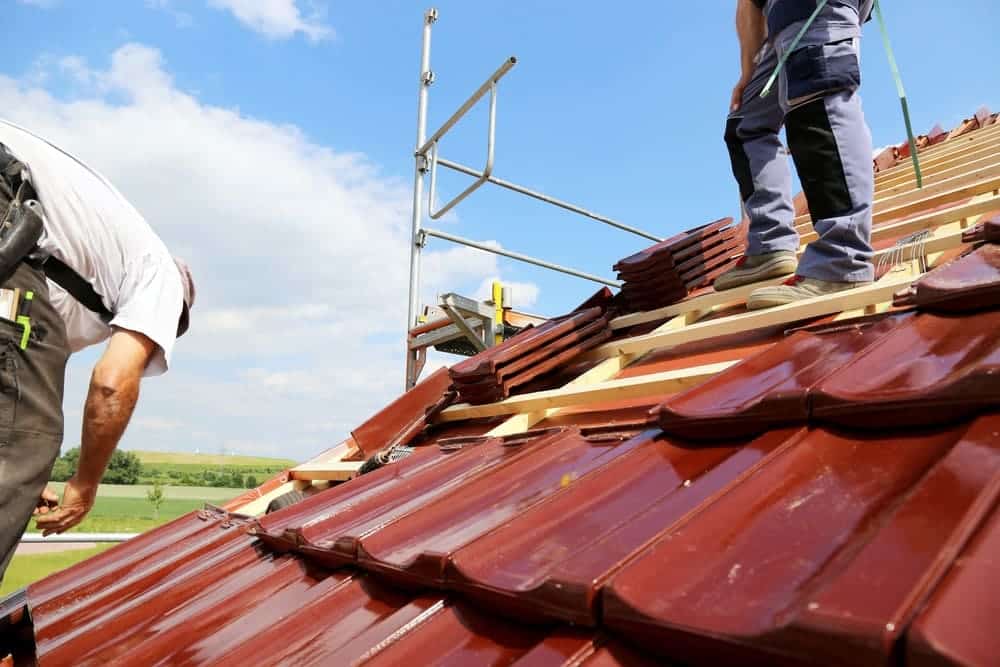
Unique and Advanced Roofing Methods
1. Green Roofing
- Description: Plants are included in the design of your shed roof.
- Benefits: Reduces stormwater runoff, provides natural insulation, and establishes a habitat for wildlife.
- Considerations: Needs frequent upkeep to maintain plant health and a sturdy roof structure to withstand the added weight.
2. Solar Panels
- Description: Mounting solar panels on the top of your shed in order to produce power.
- Advantages: Lowers energy expenses and encourages the usage of renewable energy.
- Considerations: Optimizing solar exposure requires upfront investment and appropriate direction.
3. Reflective Roofing Materials
- Description: Using materials, such as cool roofs, that reflect sunlight.
- Advantages: Lowers heat absorption, safeguards stored goods, and keeps the shed colder.
- Alternatives: It might be more expensive up front, but over time, cooling costs can be reduced.
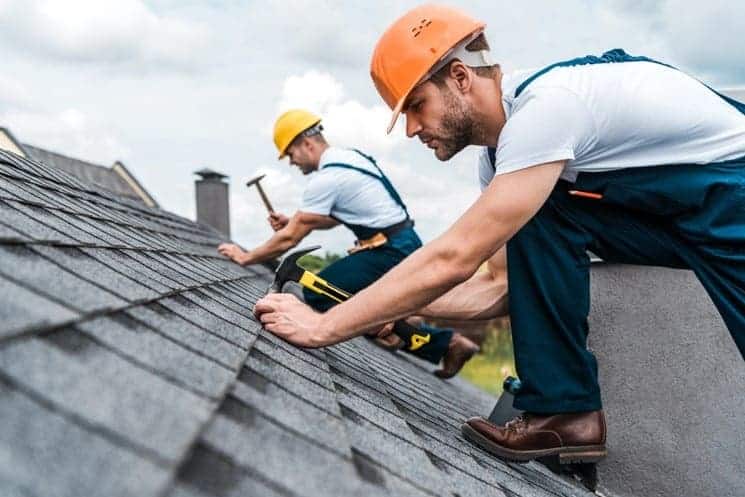
Finding an Appropriate Roofing Contractor
Hiring a qualified roofing contractor helps guarantee that a shed roof is installed or repaired appropriately. The following tips will help you select the ideal contractor:
1. Experience and Expertise: Seek out professionals who have completed successful projects in the past and have shed roofing experience.
2. Licensing and Insurance: Be sure the contractor is licensed and insured to shield yourself from liability in the event of accidents or damage.
3. References and Reviews: To determine the contractor’s repute and dependability, look up references and peruse internet reviews.
4. Detailed Estimates: Get several contractors to provide you with detailed quotes that include the price of labor, materials, and any other costs.
5. Warranty and Guarantee: To assure quality and peace of mind, choose a contractor who offers a warranty on their work.
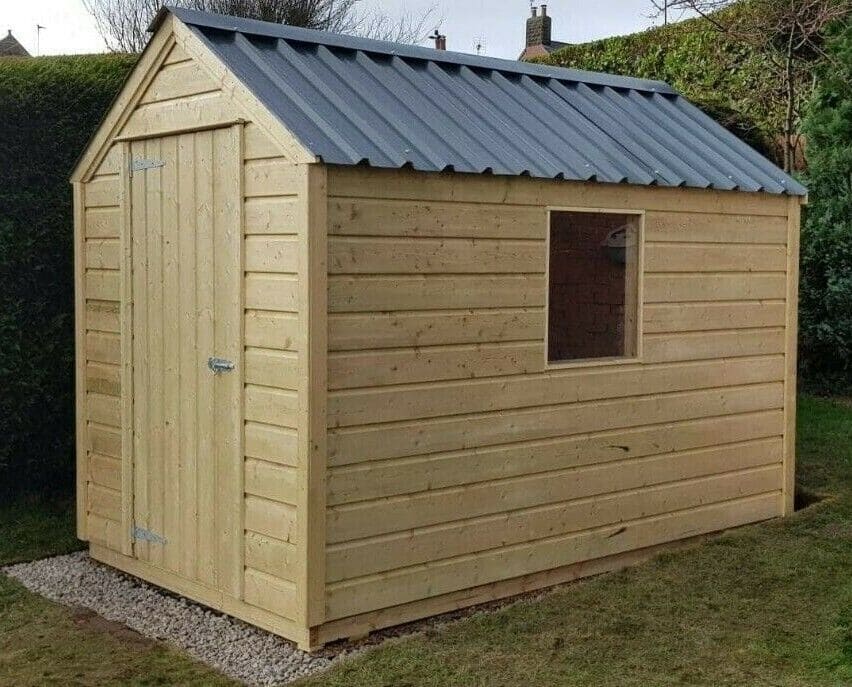
Adding Extra Features to Improve Roof Shed Functionality
Consider including the following items to improve your shed roof framing usability and functionality in addition to a durable roof:
1. Skylights for Roof Shed
- Benefits: Natural light will brighten the shed inside and lessen the need for artificial lighting.
- Guides for Installing: To stop leaks, make sure skylights are securely sealed and utilize tempered glass for security.
2. Rainwater Harvesting
- Benefits: Promote water conservation by collecting rainwater from the roof for irrigation or other non-potable purposes.
- Guides for Installing: Put in gutters and downspouts with filters to catch debris and send water to a storage tank.
3. Insulation for Roof Shed
- Advantages: Better control over interior temperature, shielding delicate objects from intense heat.
- Installation Tips: To stop air leaks, close gaps, and use the right insulation for the walls, roof, and floor.
4. Ventilation Systems
- Advantages: Reduce the chance of mold and mildew by preventing moisture buildup and enhancing air quality.
- Guides for Installing: Consider passive ventilation options like vents for larger sheds.
Conclusion
Summing up, the article covered details on quality roofs for sheds for enhanced durability. If you are planning on building a slant roof shed or any other at the back of your house, make sure to design the roof ideally. This article also covered different materials needed to roof the shed. So, build one in your backyard and store your belongings.
